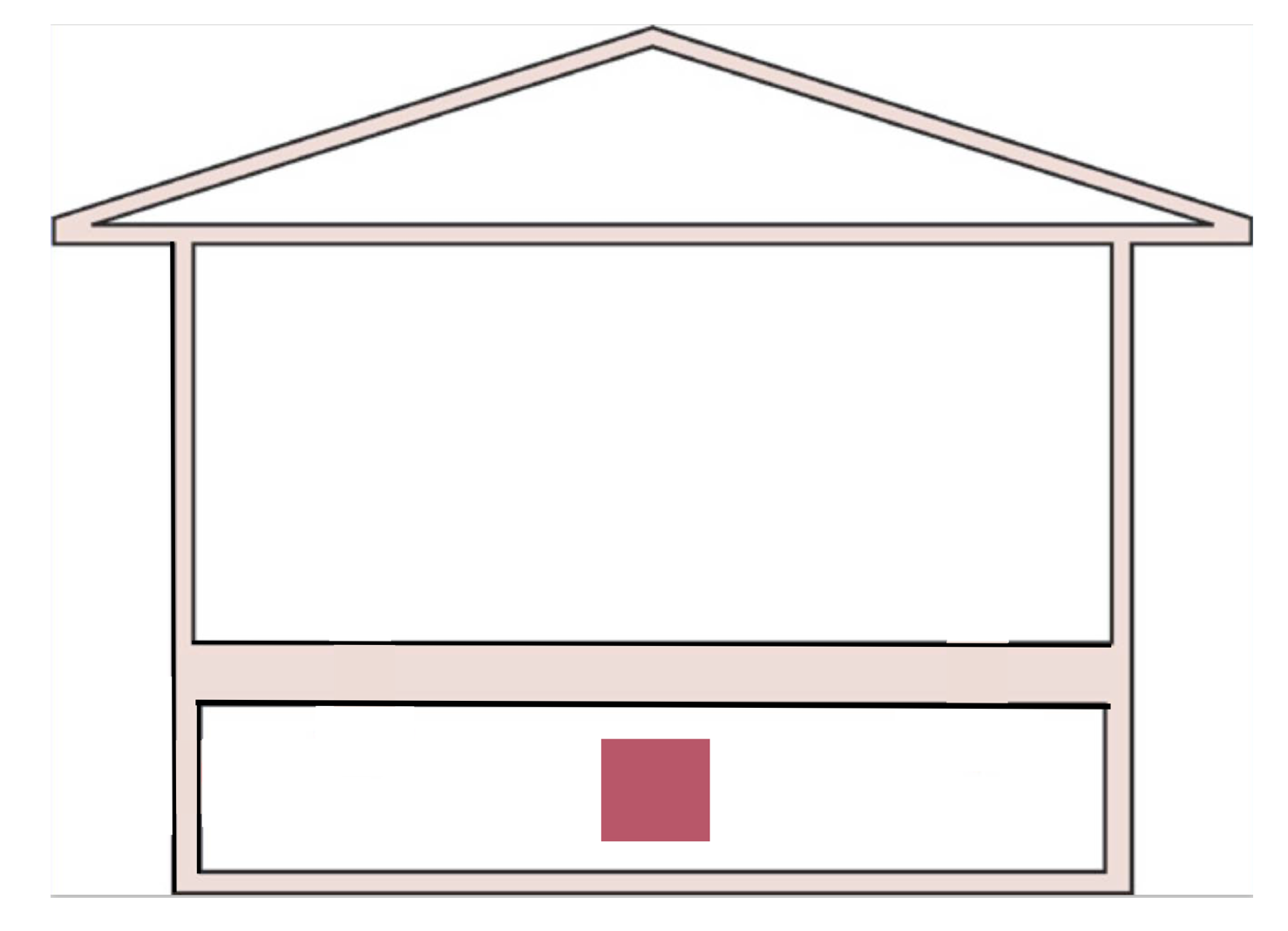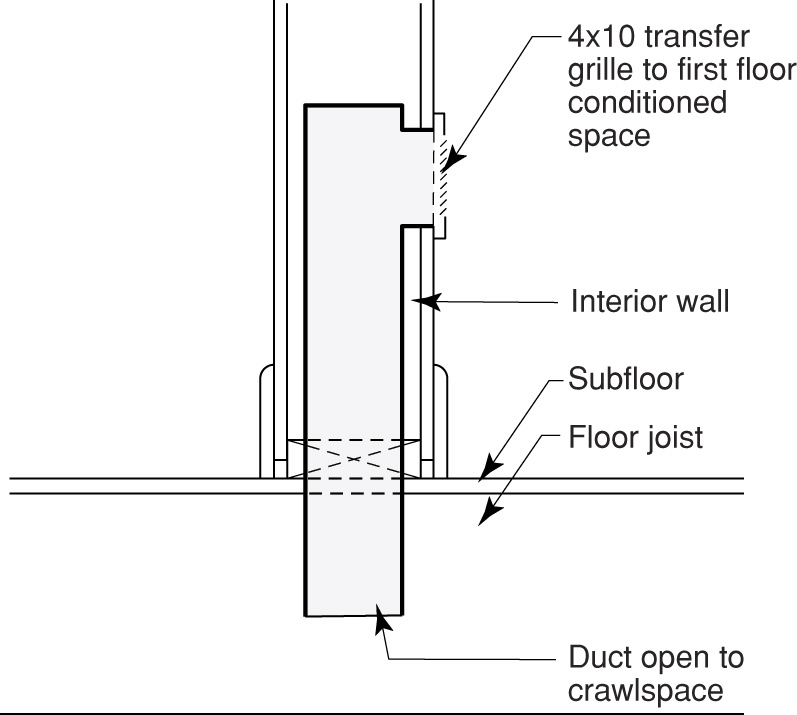Houses are environmental separators – they keep the outside out and the inside in. Houses have walls, roofs and foundations that each have to be connected to each other (Figure 1). To function as environmental separators the walls, roofs and foundations have to be able to handle water, air, vapor and heat. How they handle water, air, vapor and heat depends on the materials used and the design. Spray foam is unique in that it has the ability to handle all four although many designs do not require spray foam to handle all four. This guide provides information on how to use spray foam in walls, roofs and foundations.
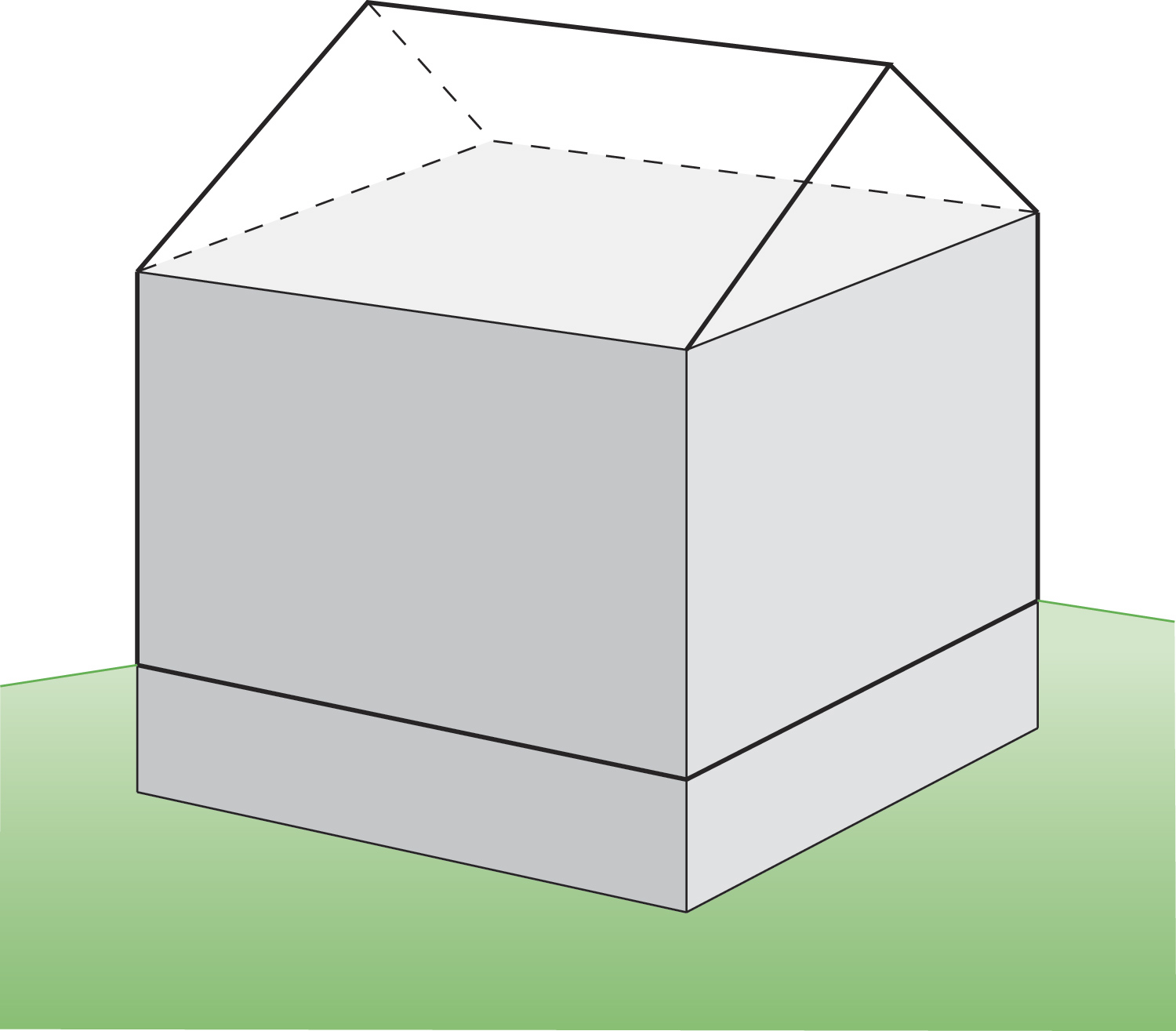
Figure 1: Houses have walls, roofs and foundations that each have to be connected to each other.
OVERVIEW
Spray foam insulation has significant advantages over other insulation systems due to the spray foam ability to provide continuity of the water control, air control, vapor control and thermal control layers necessary for environmental separation. Using spray foam results in low exterior air leakage that provides significant energy efficiency and significant sound attenuation. Using spray foam results in excellent vapor control and thermal efficiency.
WALLS
The most common residential wall is a wood frame wall with wood based sheathing. The wood based sheathing has a water control layer installed on its exterior surface. A cladding is installed over this water control layer. An air gap is provided between the cladding and the water control layer to provide drainage of rainwater that penetrates the cladding. The cavity insulation can be low density open cell or high density closed cell spray foam. Both foam types work in most climates. As long as spray foam is sprayed to the minimum depth classified as an air impermeable insulation, the foam does not need to completely fill the cavity. In the International Energy Conservation Code (IECC) Climate Zones 6 and higher, high density closed cell spray foam provides additional condensation control and will qualify as Class II vapor retarder at 1.5”. Low density open cell spray foam can be utilized with an interior vapor retarder to control condensation. High density closed cell insulation is preferred in cold climates and meets the code requirements for both condensation control for air impermeable insulation and acts as a code prescribed Class II vapor retarder as specified in the International Residential Code (IRC) section R702.7 for IECC Climate Zones 5-8 and marine 4. The interior lining is gypsum board with acrylic latex paint (Figure 2). The water control layer can be a housewrap, a building paper, a fluid applied membrane, a fully adhered synthetic membrane, or it can be a coating that comes on the wood based sheathing from the manufacturer. The water control layer in this type of wall should not be a vapor barrier – it should be semi vapor permeable – greater than 5 perms. Interior vapor barrier coatings on the gypsum board such as vinyl wallcoverings, oil or alkyd paints should be avoided. The air gap behind the cladding can be provided by using a textured housewrap, a drainage mat or furring strips at least 3/16 inch thick. Sill gasket is an effective furring strip.
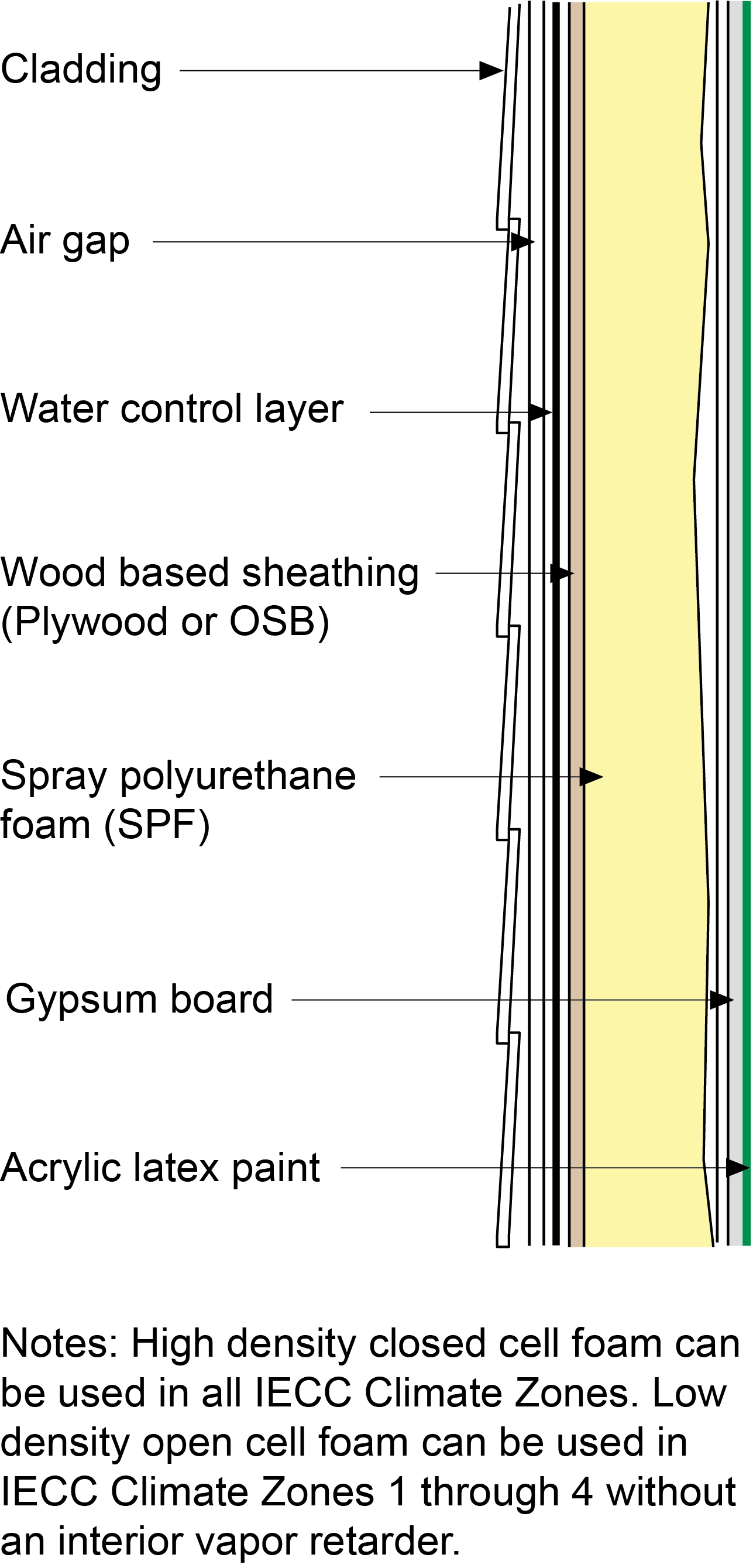
Figure 2: Common residential wall using spray polyurethane foam (SPF).
Hybrid walls can be constructed where spray polyurethane foam can be used in conjunction with other cavity insulations such as fiberglass and cellulose. Figure 3 is a variation of Figure 2 where high density closed cell spray polyurethane foam is installed on the interior surface of the wood based sheathing. The thickness or thermal resistance of the spray foam is specified by the International Residential Code (IRC) based on climate zone and thickness of the wall framing (Table 1).
Spray polyurethane foam can also be applied to the interior of rigid foam exterior sheathings such as foil faced isocyanurates and extruded polystyrene (XPS). In these assemblies the water control layer is typically the taped joints of the exterior rigid insulation. The cavity insulation can be low density open cell or high density closed cell spray foam (Figure 4). Where low density open cell spray foam is used, the thickness or thermal resistance of the rigid foam exterior sheathing is specified by the International Residential Code (IRC) based on climate zone and thickness of the wall framing (Table 1).
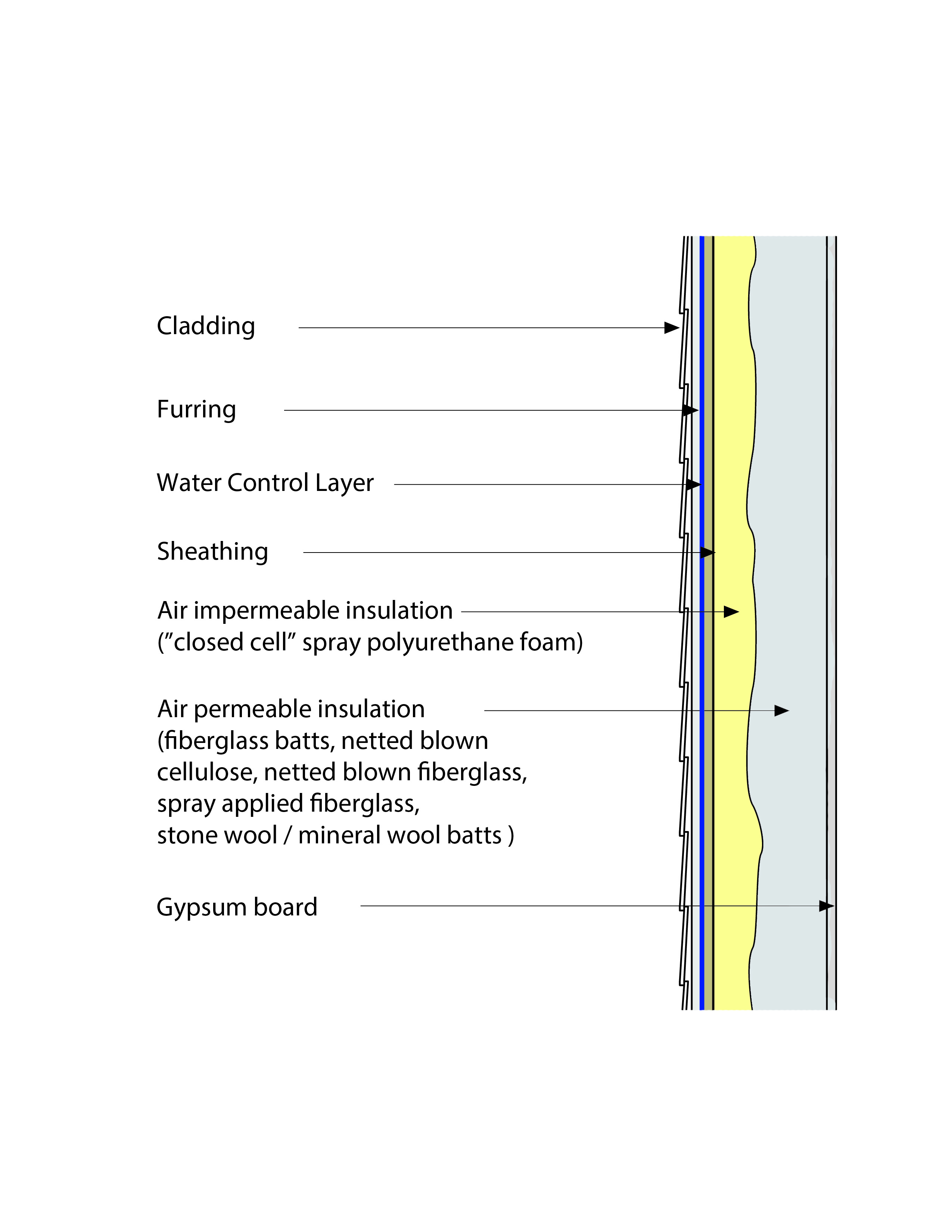
Figure 3: Hybrid walls can be constructed where spray polyurethane foam can be used in conjunction with other cavity insulations such as fiberglass and cellulose.

Figure 4: Spray polyurethane foam can also be applied to the interior of rigid foam exterior sheathings such as foil faced isocyanurates and extruded polystyrene (XPS). In these assemblies the water control layer is typically the taped joints of the exterior rigid insulation. The cavity insulation can be low density open cell or high density closed cell spray foam.
Insulation for Condensation Control*
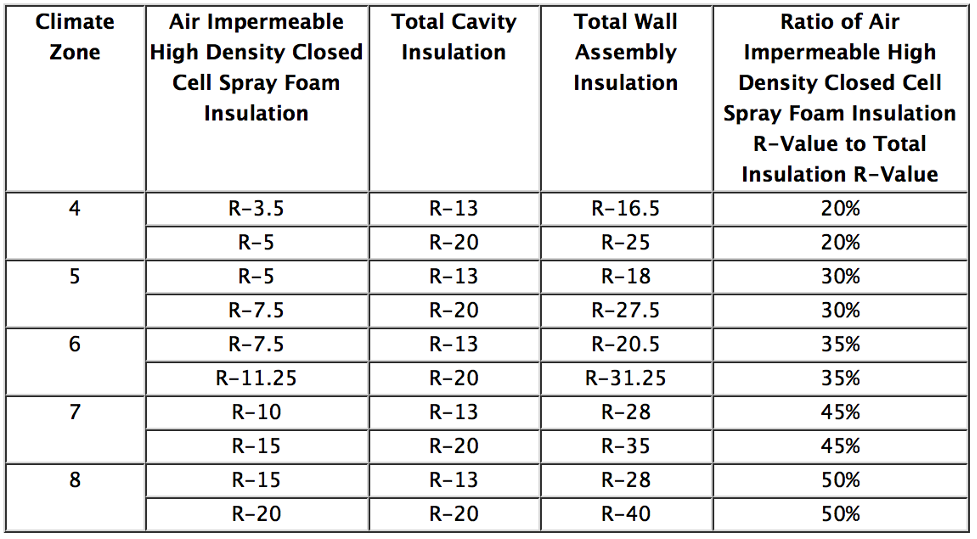
*Adapted from Table 702.7.1 2018 International Residential Code (IRC)
ROOFS
The most common residential roof is an attic that is wood framed, typically using trusses. It can be either an unvented conditioned attic or a vented unconditioned attic. Unvented conditioned attics are common in warm climates where basement construction is not common. The absence of basements typically results in mechanical systems and ductwork being located in attic spaces. Locating mechanical systems and ductwork in vented unconditioned attic spaces is a large thermal penalty, and in hot humid and mixed humid climates results in significant condensation issues. Vented unconditioned attics are common in cold climates where basement construction is typical. Mechanical systems and ductwork in cold climates are typically located in basements and interior floor framing rather than in attics, avoiding associated large thermal penalties.
Unvented conditioned attics can be constructed by installing low density open cell or high density closed cell spray foam directly to the underside of the roof deck (Figure 5). Both foam types work in most climates. In IECC Climate Zones 5 and higher only high density closed cell spray foam should be used.
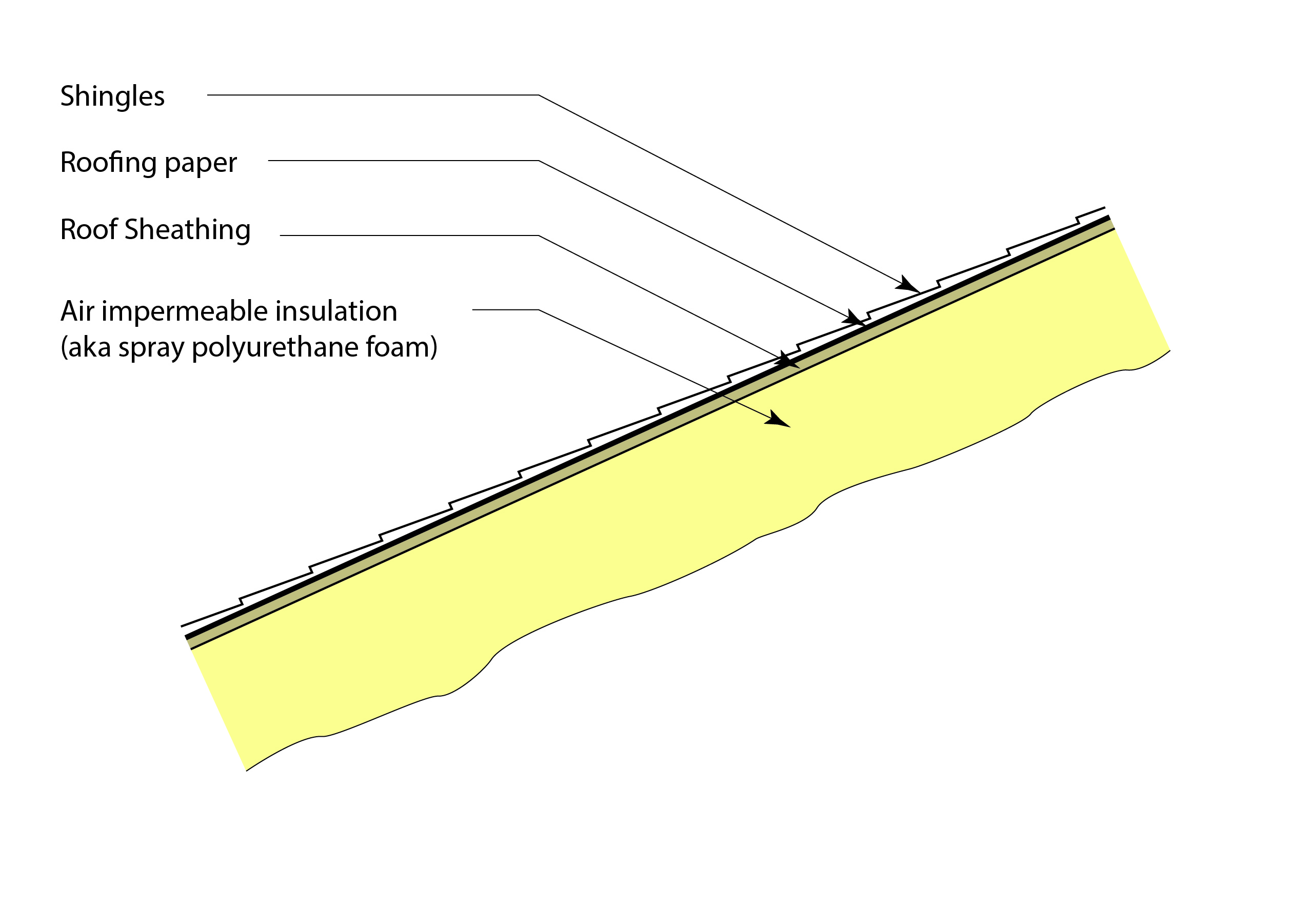

Figure 5: Unvented conditioned attics can be constructed by installing low density open cell or high density closed cell spray foam directly to the underside of the roof deck.
Hybrid attics can be constructed in IECC Climate Zones 5 and higher using a combination of high density closed cell spray foam and low density open cell spray foam (Figure 6). The thickness or thermal resistance of the high density closed cell spray foam is specified by the International Residential Code (IRC) based on climate zone (Table 2). A further variation is where the low density open cell spray foam is replaced with fiberglass or cellulose insulation (Figure 7). Again, the thickness or thermal resistance of the high density closed cell spray foam is specified by the International Residential Code (IRC) based on climate zone (Table 2).
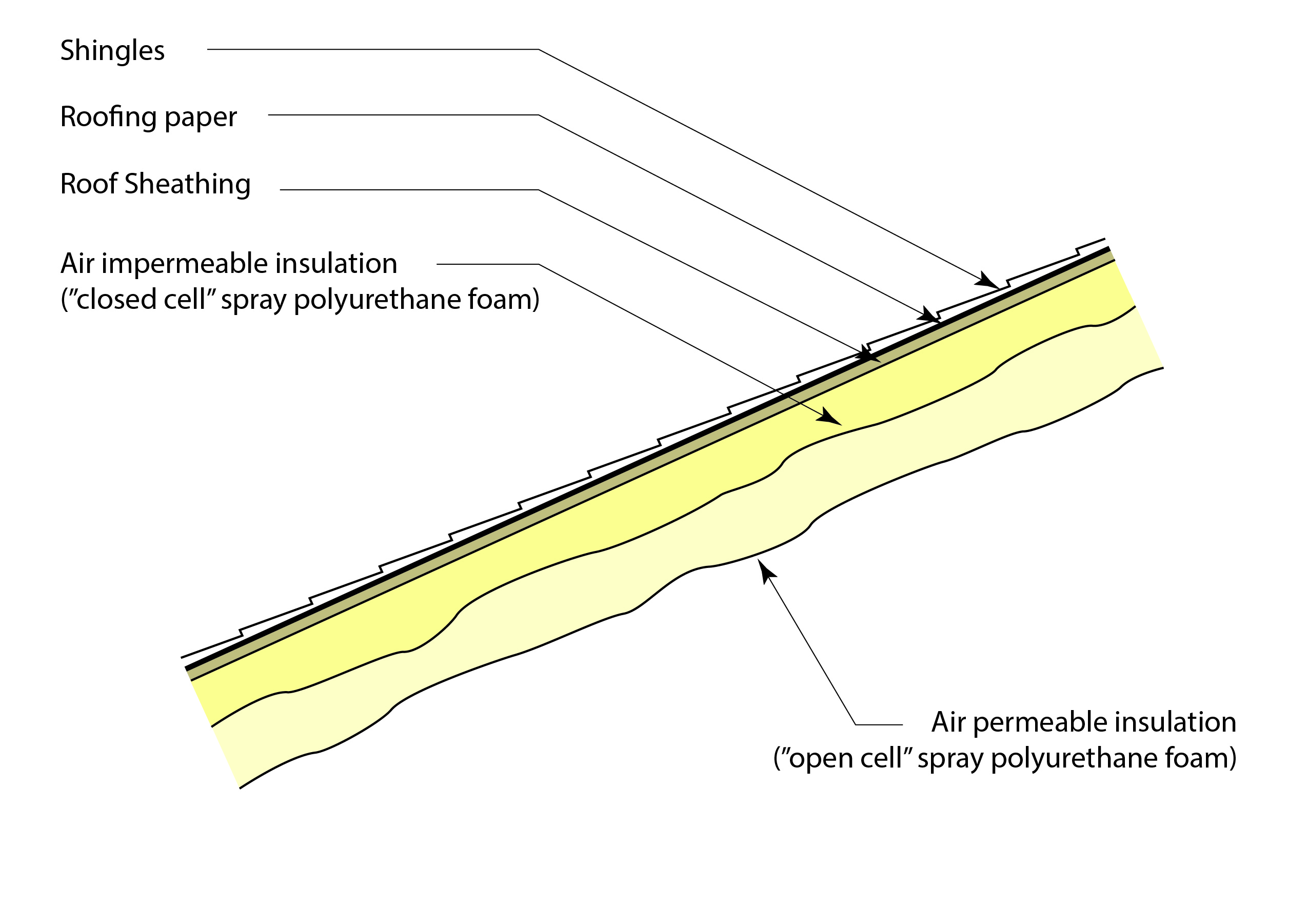
Figure 6: Hybrid attics can be constructed using a combination of high density closed cell spray foam and low density open cell spray foam.
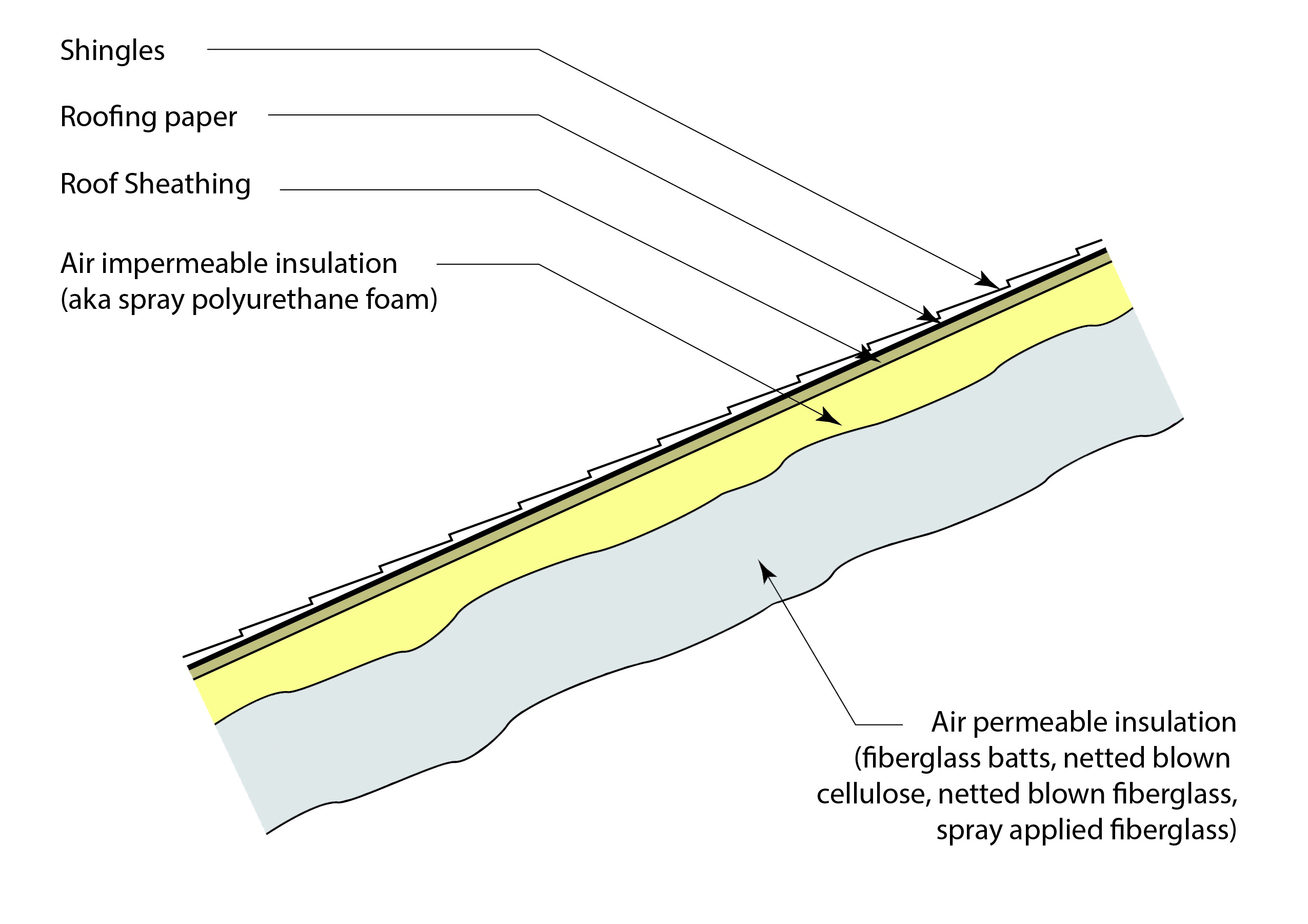
Figure 7: A further variation of hybrid attics is where the low density open cell spray foam is replaced with fiberglass or cellulose insulation.
Insulation for Condensation Control*

*Adapted from Table R 806.5 2018 International Residential Code (IRC)
Vented unconditioned attics are typically constructed using spray foam in conjunction with fiberglass or cellulose insulation. The key to the performance of vented unconditioned attics is continuity of the air control layer located at the ceiling plane. It is difficult to provide airtightness at the ceiling plane using typical sealants. Spray foam is used to seal the ceiling plane in an airtight manner (Figure 8). It is critical to provide air sealing at the perimeter to control wind washing of air permeable insulation. The spray foam creates an airtight “bathtub” that is then filled with air permeable insulation such as fiberglass or cellulose. Typically, high density closed cell spray foam is used for this application.

Figure 8: Vented unconditioned attics are typically constructed using spray foam in conjunction with fiberglass or cellulose insulation. The key to the performance of vented unconditioned attics is continuity of the air control layer located at the ceiling plane.
In low slope roof construction similar approaches are used to those used with unvented conditioned attics. Most low slope roof construction using spray foam use a hybrid approach where a combination of high density closed cell spray foam is used with fiberglass or cellulose insulation (Figure 9). Again, the thickness or thermal resistance of the high density closed cell spray foam is specified by the International Residential Code (IRC) based on climate zone (Table 2).
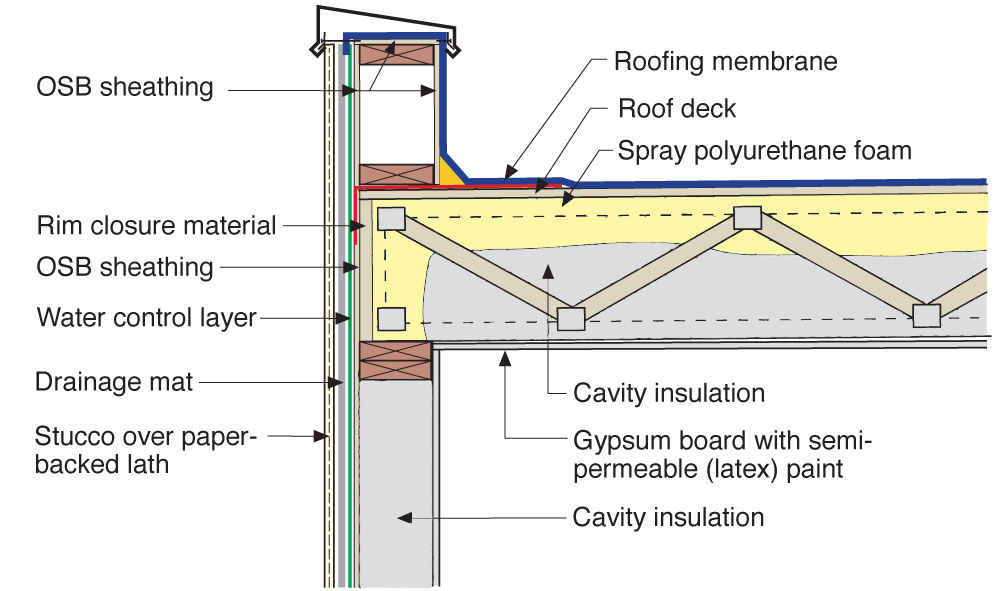
Figure 9: Most low slope roof construction using spray foam use a hybrid approach where a combination of high density closed cell spray foam is used with fiberglass or cellulose insulation.
Wherever unvented conditioned attics are constructed, a means of moisture removal from the attic is necessary. The “conditioned” part of unvented conditioned attics is important. The best way to remove moisture from the attic space is to provide air change. Air is exhausted from the peak of the attic using an exhaust fan ducted to the exterior. This creates a slight negative air pressure in the attic, and air is drawn from the house below. To create “balanced’ ventilation in the house, supply air is provided from the outside to the return side of the air handler (Figure 10). The amount of air supplied and exhausted should be the same – hence the term balanced ventilation. The quantity of this air flow should be based on the International Residential Code – 2018. To prevent over ventilation or under ventilation, a motorized damper is installed at the outdoor air supply of the system. The operation of the motorized damper is coupled or linked to the operation of the attic exhaust fan – the attic exhaust fan operates only when the motorized damper is open and the HVAC system blower is operating.
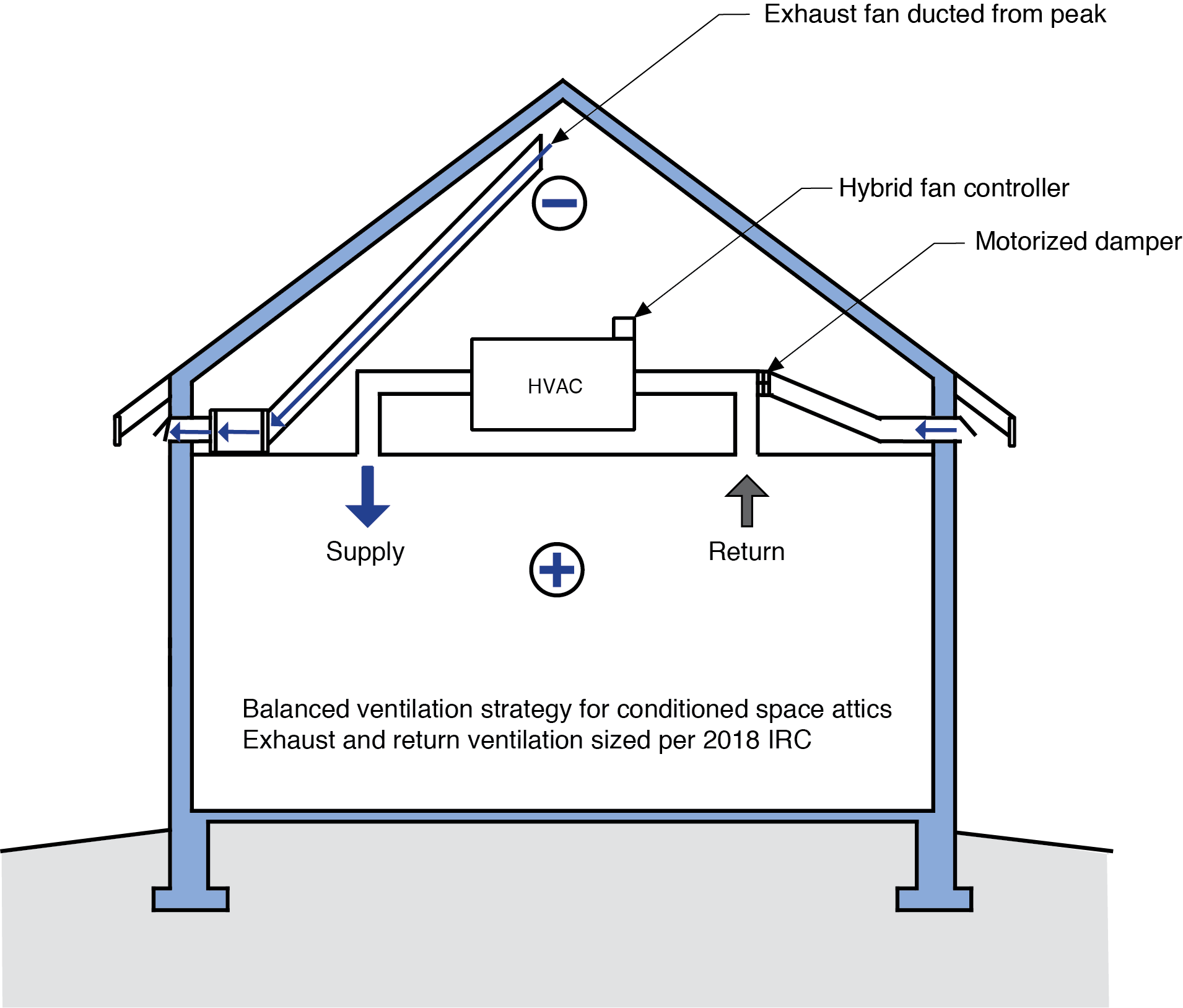
Figure 10: The best way to remove moisture from the attic space is to provide air change. Air is exhausted from the peak of the attic using an exhaust fan ducted to the exterior.
FOUNDATIONS
Basement foundations are best insulated on the interior thereby avoiding issues with respect to insects such as ants and termites, issues with respect to protecting exterior insulation during the construction process, and protecting exterior insulation above grade during the life of the building.
Spray foam insulation can be directly applied to the interior of concrete foundation walls (Figure 11a) and under basement floor slabs (Figure 11b). High density closed cell or low density open cell spray foam should not be used on the exterior of basement foundations. In IECC Climate Zones 5 and higher high density closed cell spray foam is recommended on the interior of concrete basement foundation walls. Low density open cell spray foam should never be used under basement floor slabs….only high density closed cell spray foam should be used…and should only be used over a granular capillary break. A hybrid approach can also be used in combination with fiberglass or cellulose insulation (Figure 12).
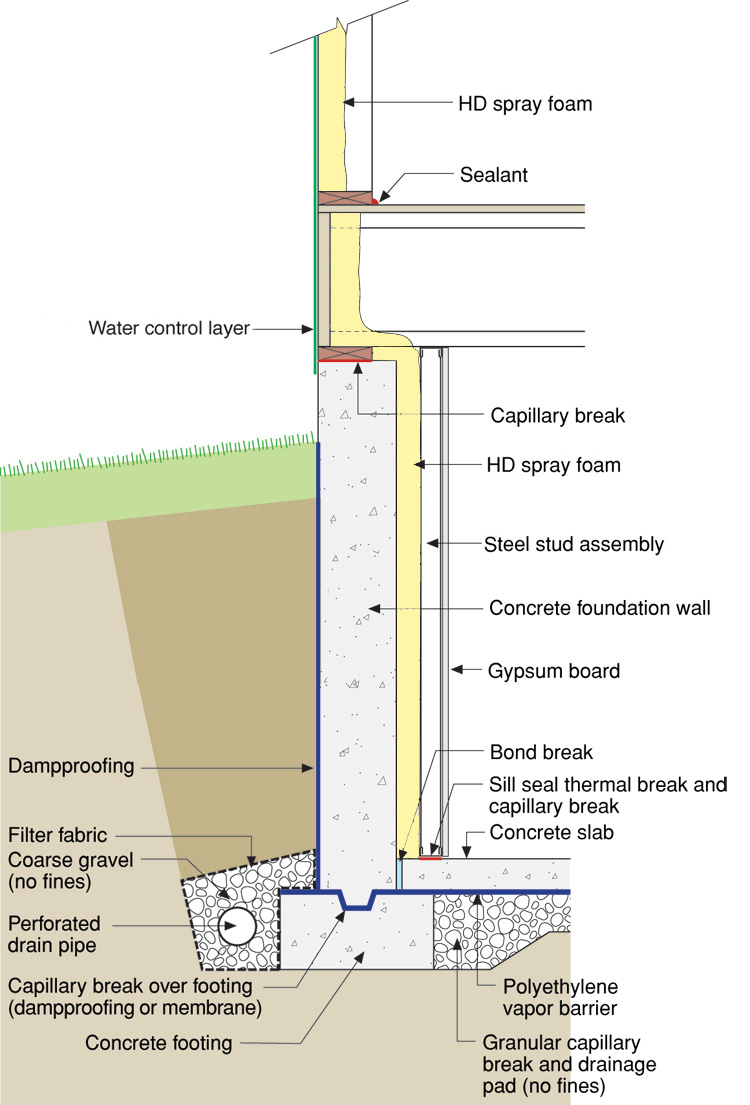
Figure 11a: Spray foam insulation can be directly applied to the interior of concrete foundation walls.
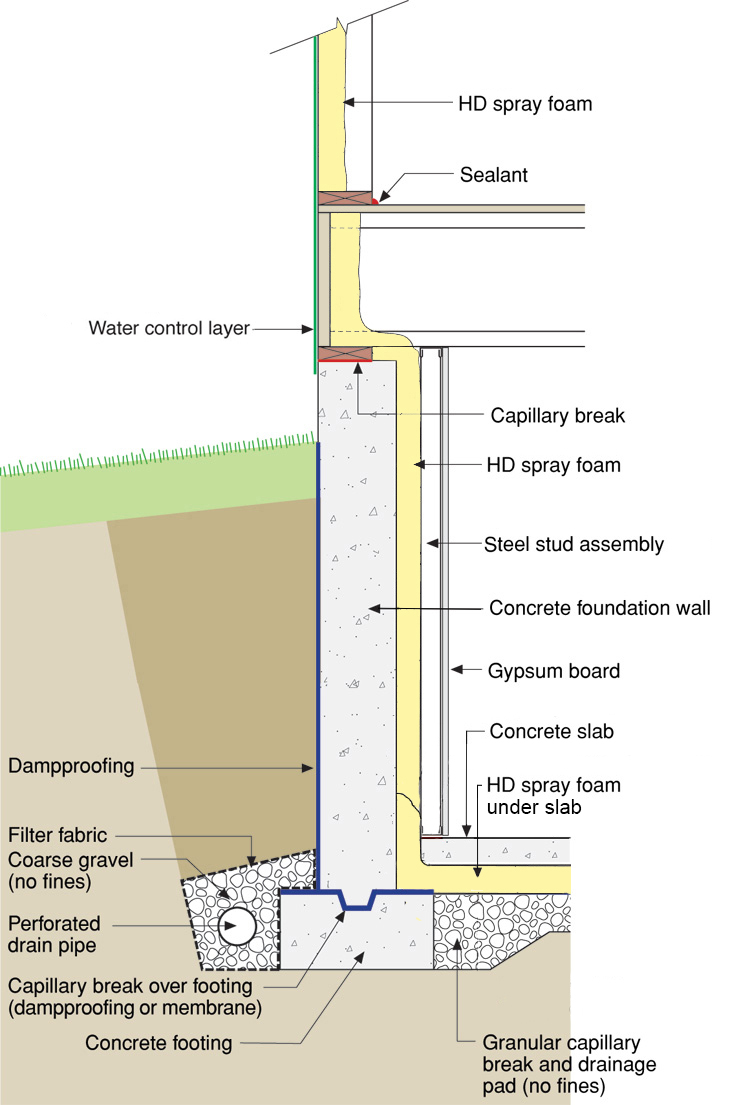
Figure 11b: Spray foam insulation can be directly applied to the interior of concrete foundation walls and under basement floor slabs.
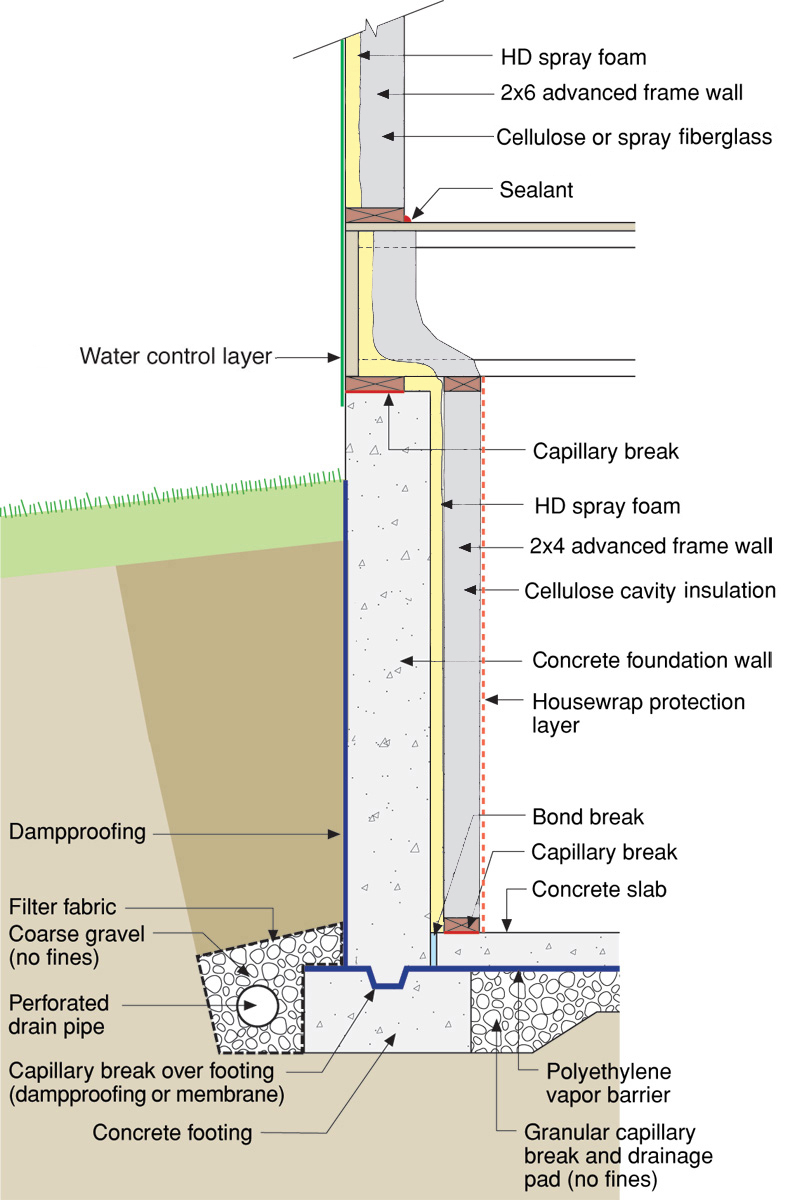
Figure 12: A hybrid approach for basement foundations can also be used in combination with fiberglass or cellulose insulation.
There are two common crawlspace foundation approaches - the crawlspace is either “vented” and “not conditioned” and connected to the “outside”...or...the crawlspace is “not vented” and “conditioned” and connected to the “inside”. Of the two approaches, the most energy efficient is the not-vented conditioned approach. However, not all sites are compatible with not-vented conditioned crawlspaces such as areas with high water tables, swamps and flooding concerns.
Vented crawlspaces must keep air and vapor out of the crawlspace floor framing. Only high density closed cell spray polyurethane foam should be used in all IECC Climate Zones (Figure 13 and Figure 14). A protection board such as fibercement should be installed to prevent animals from getting into the floor assembly.
Conditioned crawlspaces should be constructed as “mini” basements and completely connected to the house (Figure 15).

Figure 13: Vented crawlspaces must keep air and vapor out of the crawlspace floor framing. Only high density closed cell spray polyurethane foam should be used in all IECC Climate Zones.
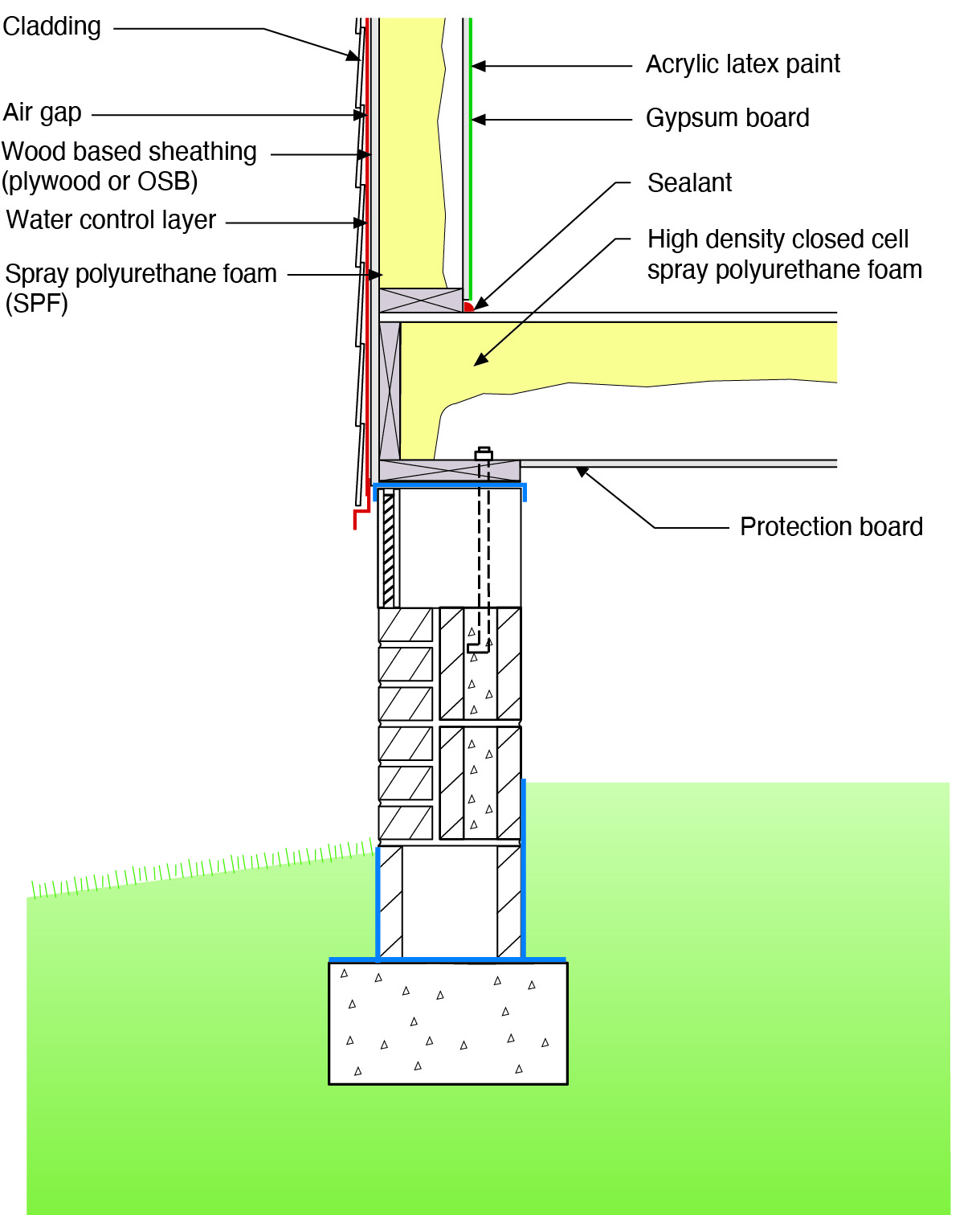
Figure 14: A protection board such as fibercement should be installed to prevent animals from getting into the floor assembly.
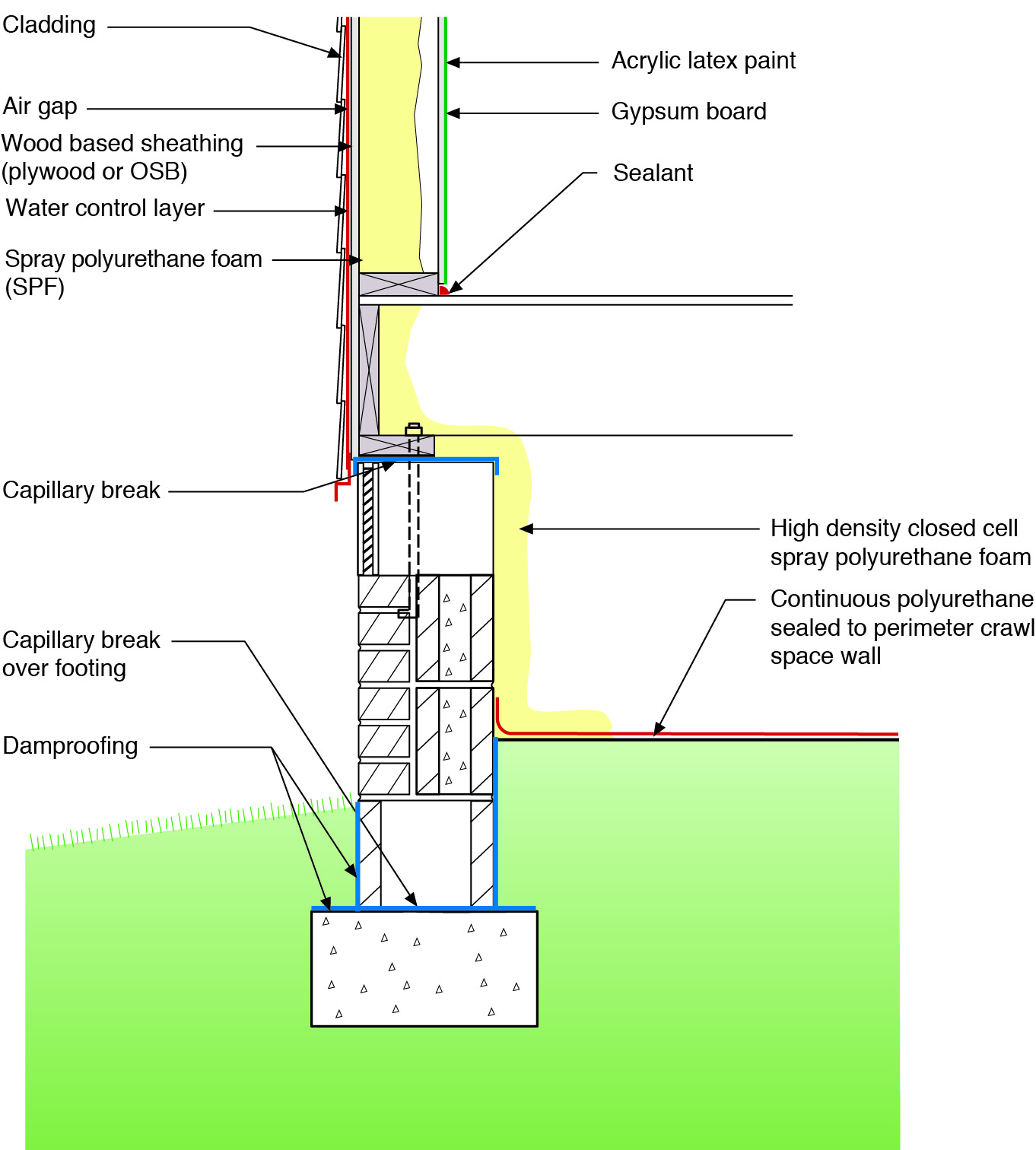
Figure 15: Conditioned crawlspaces should be constructed as “mini” basements and completely connected to the house.
Conditioning is provided by air change between the crawlspace and the house or by dehumidification. The building code calls for 50 cfm per 1,000 ft2 (approximately 25 l/s per 100 m2) of supply air or dehumidification. Numerous approaches can be used (Figure 16a, 16b, 16c, 16d, 16e and 16f). When you supply air to the crawlspace from an air conditioner or furnace (Figure 16a) there needs to be a way for air to come back to the house...besides poor workmanship. A transfer grille is recommended (Figure 17). If you pull air out of the crawlspace with a return duct (Figure 16b) there needs to be a way for air to get from the house to the crawlspace and a transfer grille is recommended.
If you supply and return air to the crawlspace from an air conditioner or furnace (Figure 16c) you need a way to balance the air flows to avoid pressure differences and a transfer grille is recommended.
A furnace or air conditioner with ducts to condition crawlspaces is not always necessary. Conditioning can be accomplished with a supply fan (Figure 16d). A transfer grille is required to provide a pathway back to the house.
An exhaust fan can be used to pull air out of the crawlspace and exhaust this air to the exterior pulling air from the house (Figure 16e).
Conditioning can also be accomplished by installing a dehumidifier (Figure 16f).

Figure 16a: Supply air to crawlspace.
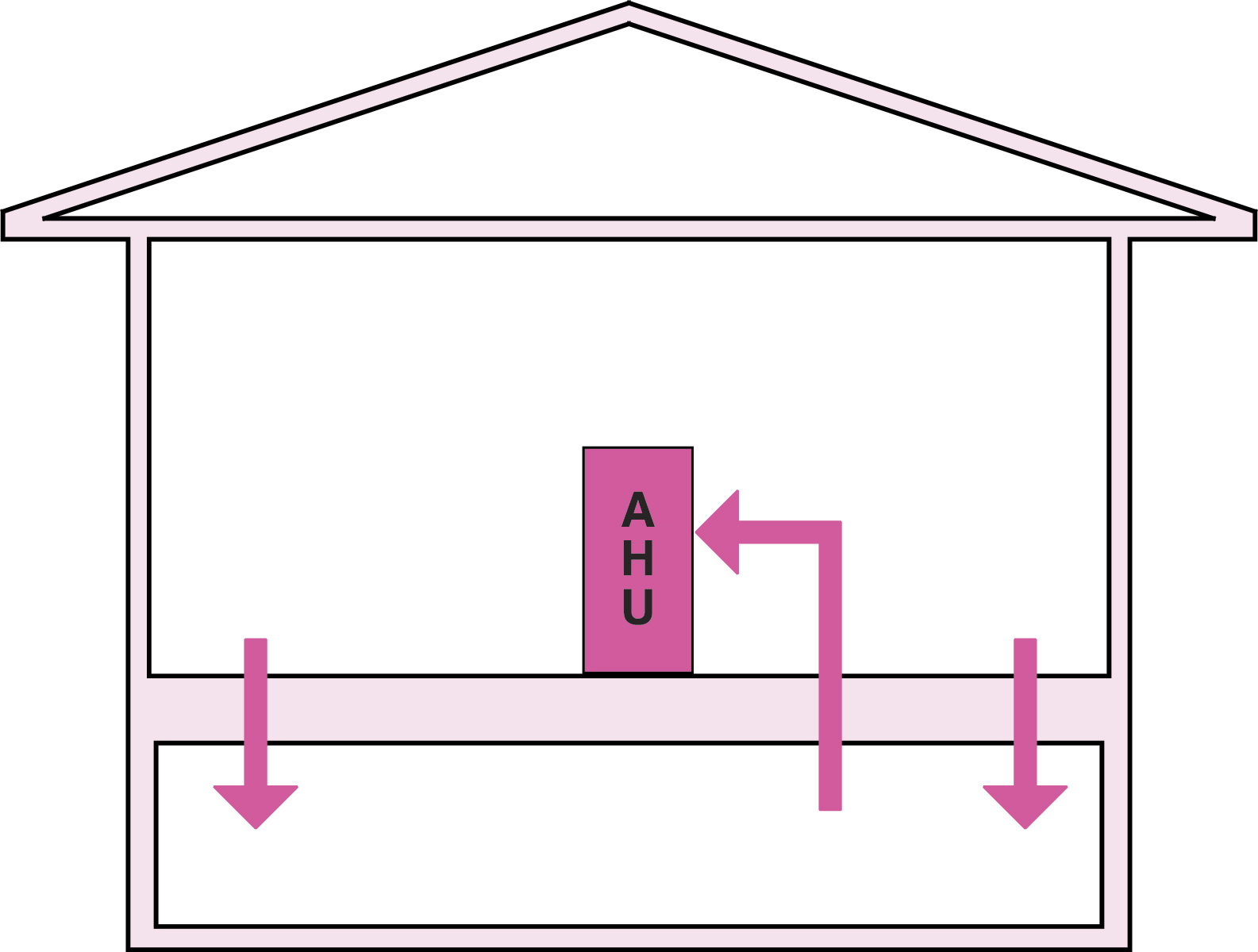

Figure 16b: Return air from crawlspace.
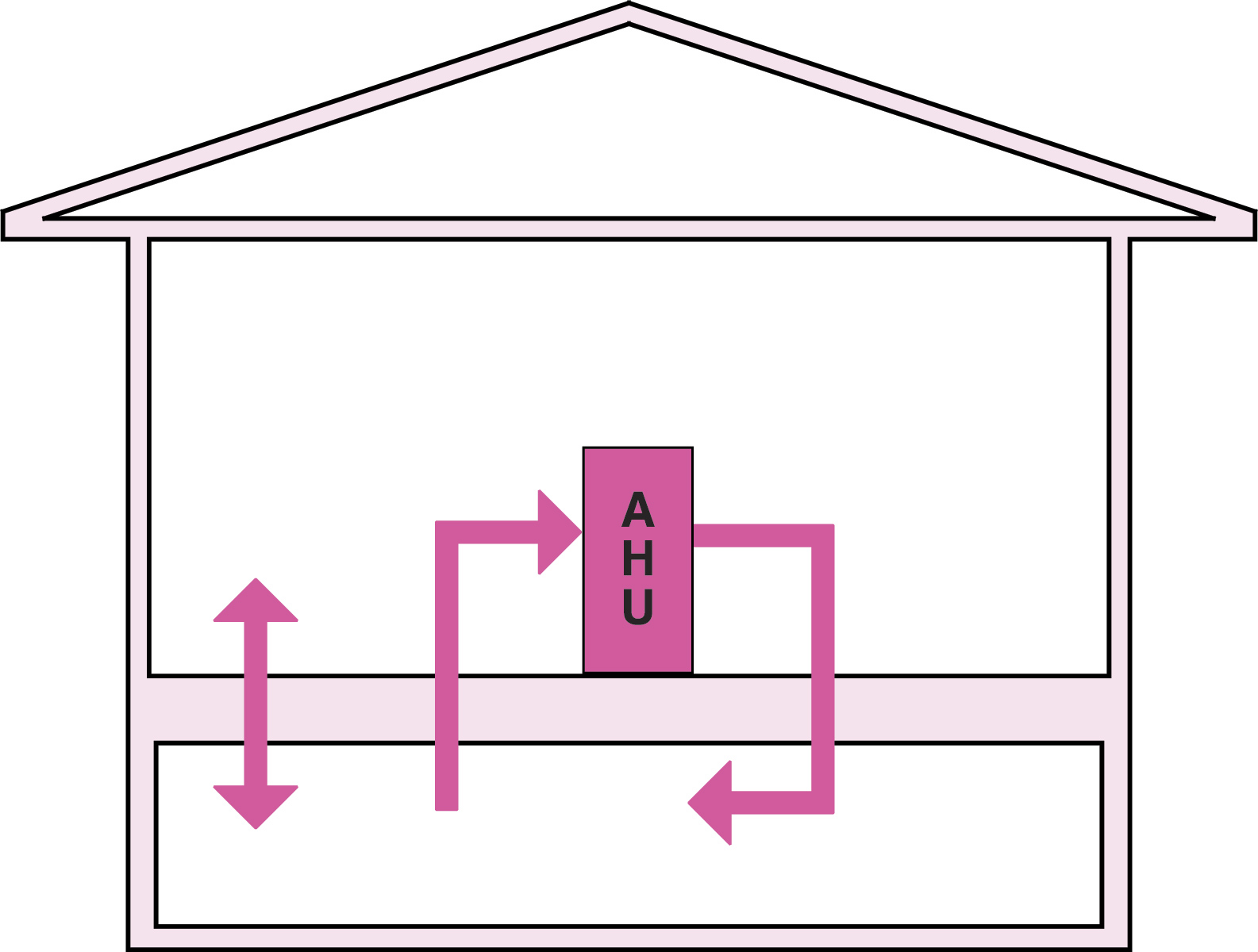
Figure 16c: Supply and return air to and from crawlspace.
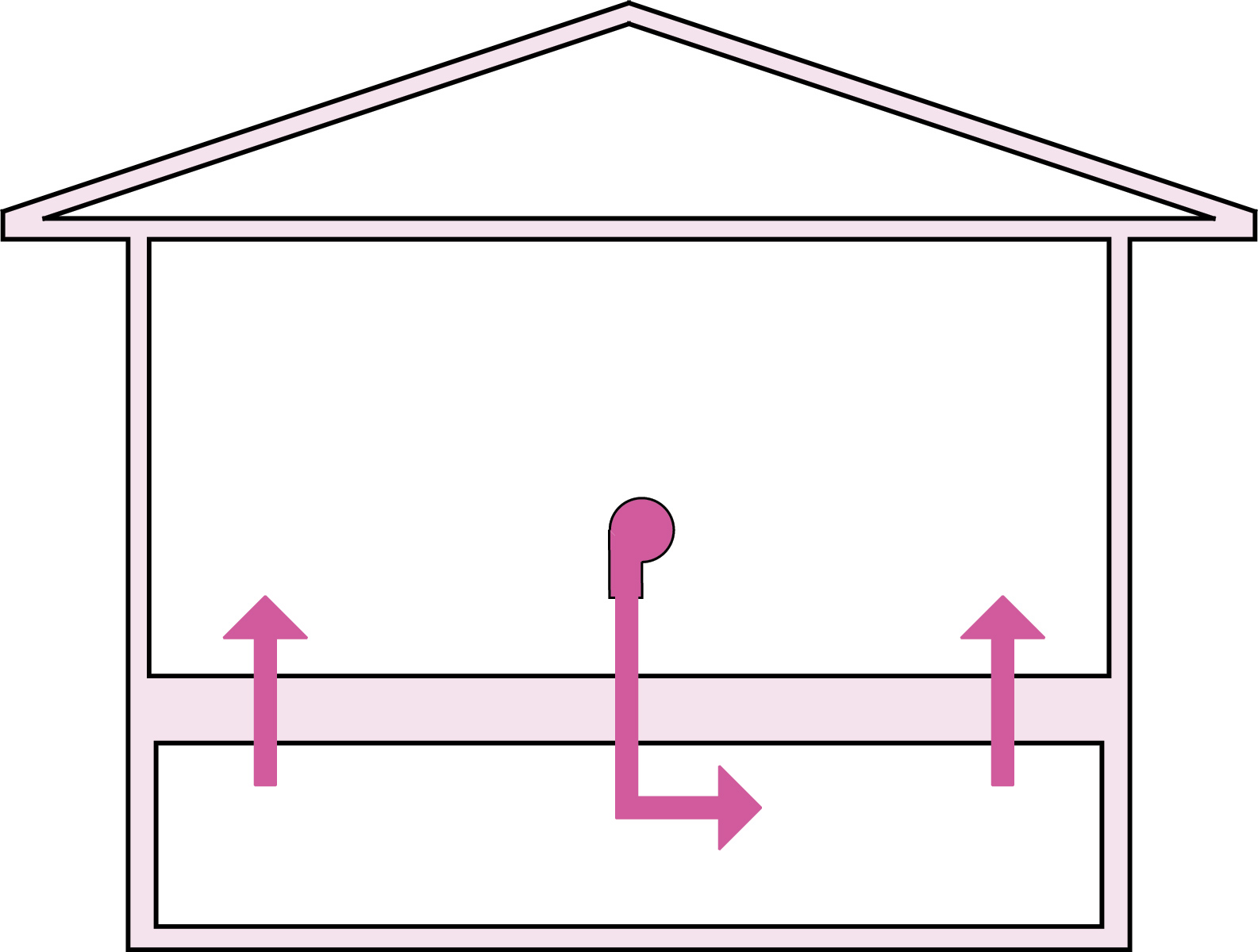
Figure 16d: Supply fan to crawlspace.
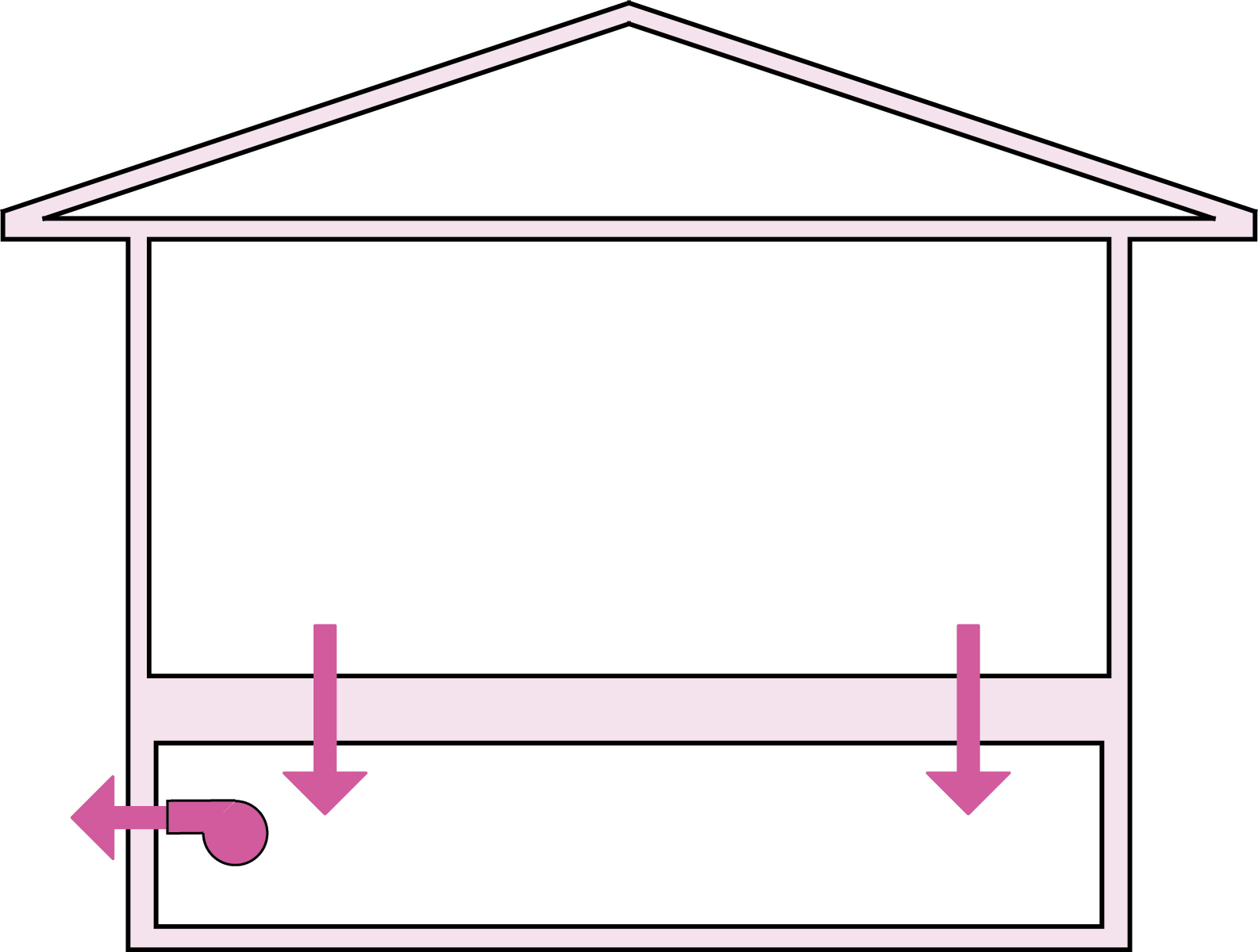
Figure 16e: Exhaust fan from crawlspace.
